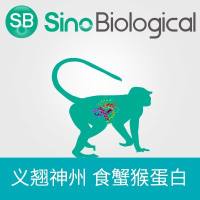Examining Ubiquitinated Protein Aggregates in Tissue Sections
互联网
565
In the cell, the binding of ubiquitin to abnormal or misfolded proteins marks them for degradation by the proteasome or lysosome via autophagy. Ubiquitinated-protein aggregates form when an increase in protein misfolding exceeds the degradation capacity of the cell. Many cellular stresses can cause an increase in the amount of ubiquitinated misfolded protein and failure to eliminate these proteins can disrupt cellular homeostasis and cause cellular toxicity. Ubiquitinated-protein aggregates accumulate in the cytosol and can be detected in tissues of patients with a variety of diseases, including Alzheimer’s, Parkinson’s, and Huntington’s. Using a diabetic rat model, we have shown that ubiquitinated-protein aggregates form in pancreatic beta cells during diabetes-induced oxidative stress. Aggregates were also evident in the hippocampus, kidney, and liver of these animals. Our detailed protocol is provided here. Mounted tissue sections were first deparaffinized, then boiled in sodium citrate buffer to expose the antigen, followed by a specific staining procedure that allows for detection of ubiquitinated-protein aggregates. The ability to visualize ubiquitinated-protein aggregates in tissue sections can provide further understanding of the pathobiology of diseases associated with misfolded protein.








